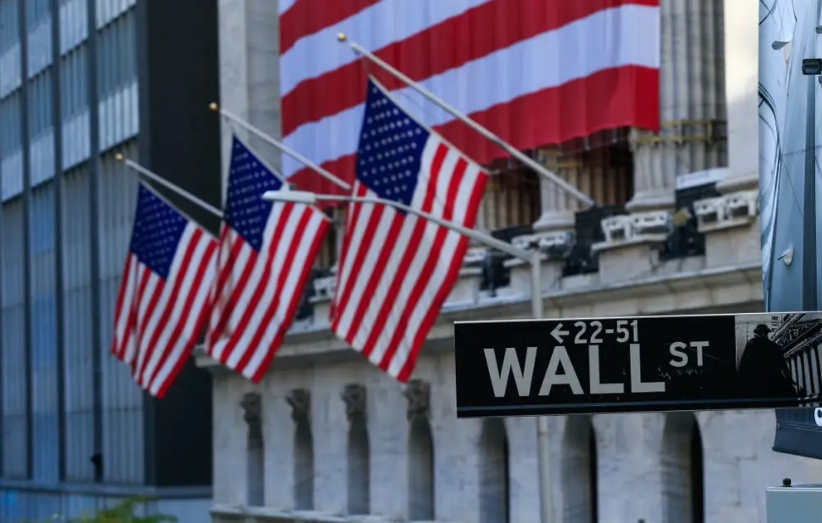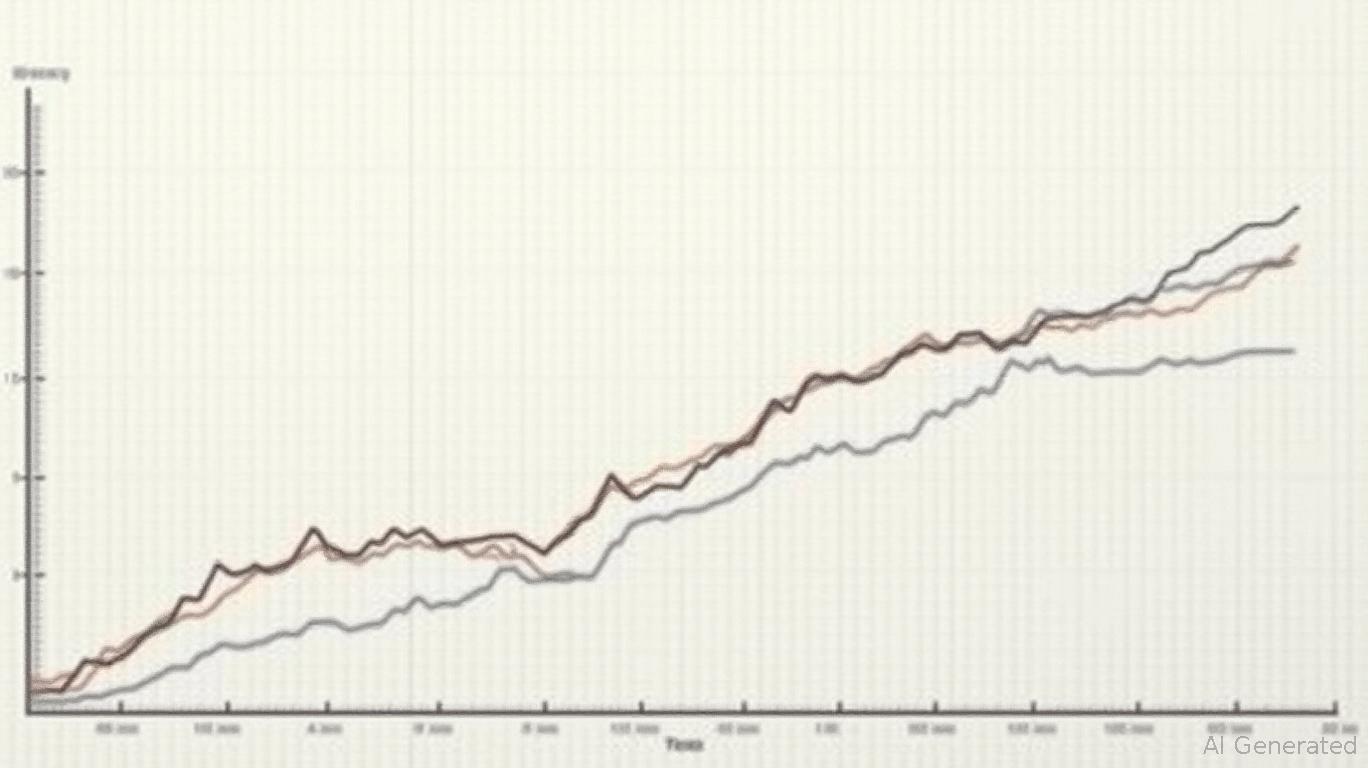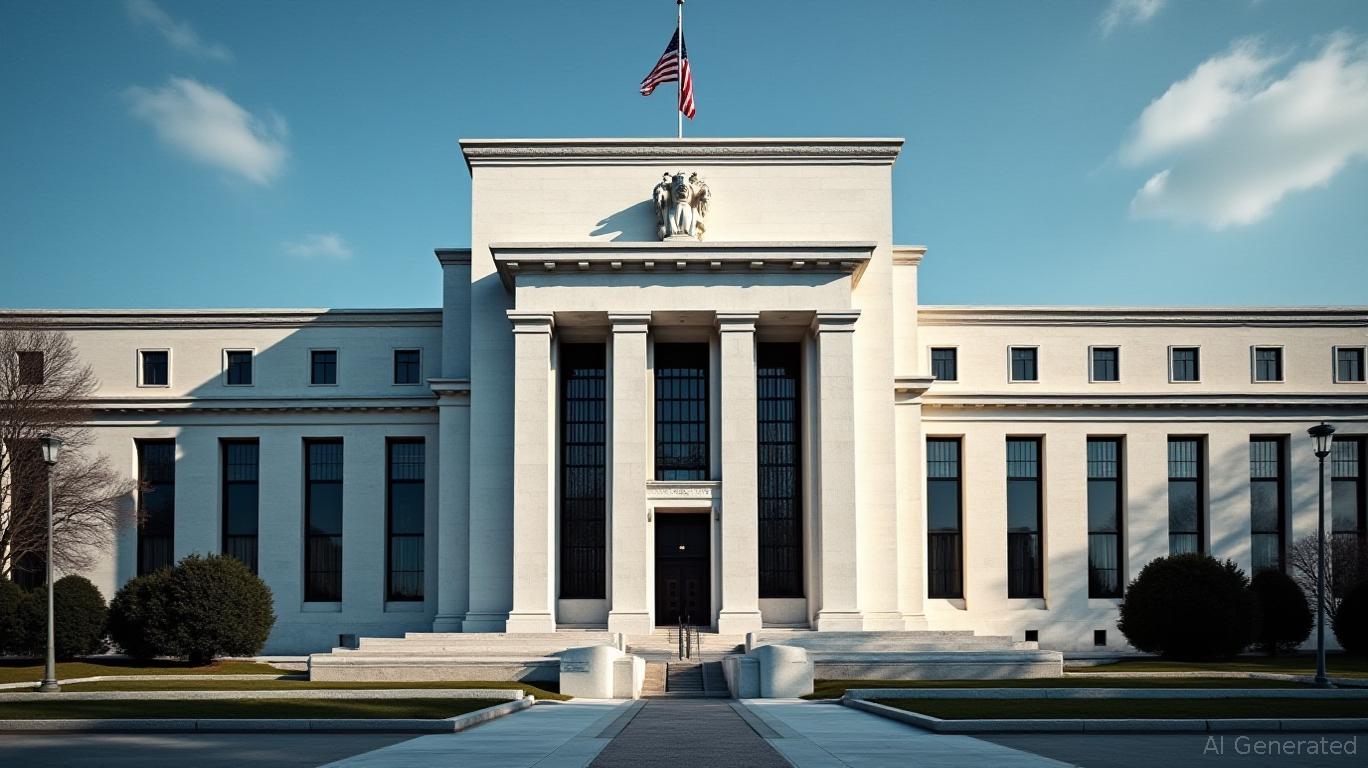Fed Holds Rates Amid Tariff Uncertainty: Navigating the Investment Crossroads
The Federal Reserve’s May 2025 decision to keep the federal funds rate steady at 4.25% to 4.5% underscored a central challenge: navigating economic crosscurrents without clear visibility into the impact of President Donald Trump’s tariffs. With mixed signals from “soft” data (e.g., weakening consumer sentiment) and “hard” data (e.g., resilient job growth), the Fed’s “wait-and-see” stance has left investors weighing risks of stagflation against hopes for a soft landing. Here’s how to position portfolios in this uncertain environment.

The Fed’s Balancing Act
The May meeting statement emphasized patience as policymakers await tangible evidence of how tariffs—now at the heart of trade negotiations—will affect inflation, employment, and growth. While the Fed’s March projections indicated 1.7% GDP growth and 4.4% unemployment for 2025, soft data like the University of Michigan Consumer Sentiment Index have hit multiyear lows, reflecting fears of economic slowdown. Meanwhile, hard data such as the April jobs report, which added 177,000 jobs, suggest underlying strength.
The Fed’s dilemma: Act preemptively to avert stagflation (rising prices + weakening growth) or risk tightening too long, stifling recovery? The answer hinges on incoming data. Fed Chair Jerome Powell’s post-meeting press conference reiterated that “everything is on the table” for future rate moves, but markets now price in a 56% chance of a July rate cut, with three reductions expected by year-end.
Key Takeaways from the Policy Statement
- No Dot Plot, No Clarity: The May meeting lacked updated economic projections (dot plots), which are reserved for meetings marked with an asterisk. The next major guidance will come in June, where policymakers will likely refine their 2025-2027 outlooks.
- Inflation Dynamics: Core PCE inflation, the Fed’s preferred gauge, sat at 2.8%—a four-year low but still above the 2% target. Policymakers hope tariffs won’t push it higher, but supply chain disruptions could complicate progress.
- Political Crosshairs: President Trump’s public criticism of the Fed—demanding cuts and threatening leadership changes—adds noise. Yet Powell’s emphasis on data-driven decisions underscores the central bank’s resolve to avoid politicization.
Tech-heavy stocks have outperformed broader markets in 2025, but rate-sensitive sectors like utilities and real estate may see volatility if uncertainty lingers.
Investment Implications
1. Sector Rotation Opportunities
- Rate-Sensitive Plays: If the Fed cuts rates in July, sectors like consumer discretionary (e.g., Amazon (AMZN), Walmart (WMT)) and technology (e.g., Microsoft (MSFT), Apple (AAPL)) could gain momentum.
- Defensive Bets: Utilities (e.g., NextEra Energy (NEE)) and healthcare (e.g., Johnson & Johnson (JNJ)) offer stability but may underperform in a risk-on environment.
- Bond Market Watch: The 10-year Treasury yield (^TNX) has dipped to 3.1%, reflecting expectations of easing. A sustained drop below 3.0% could signal investor pessimism.
2. Focus on Data-Driven Catalysts
Investors should monitor two critical indicators:
- Unemployment Claims: A sustained rise could validate market expectations for rate cuts.
- Capital Goods Orders: A decline would signal corporate caution, amplifying stagflation fears.
3. Equity Market Risks
While the S&P 500 (^GSPC) has risen 6% year-to-date, volatility may spike if trade talks sour or inflation surprises upward. The Fed’s lack of clarity leaves portfolios exposed to “data duels” between soft and hard metrics.
Conclusion
The Fed’s May decision to hold rates reflects a cautious pivot toward data dependence, with investors now betting on a July cut. However, the path forward remains clouded by tariff uncertainty and the risk of stagflation. Key takeaways:
- GDP Growth: Fed projections of 1.7% in 2025 are optimistic if trade tensions escalate.
- Inflation Timeline: Core PCE inflation is projected to fall to 2.0% by 2027, but near-term risks remain.
- Rate Outlook: Markets price in three cuts by year-end, but the Fed will likely wait for “hard data” (e.g., unemployment, GDP) before acting.
For investors, the playbook is clear: prioritize flexibility. Rotate into sectors poised to benefit from rate cuts while hedging with defensive assets. Monitor the June dot plot for clarity—and brace for volatility until the Fed’s path crystallizes.
In this environment, patience is a virtue. The Fed’s caution is a mirror of the economy’s fragility: act too soon, and risk inflating bubbles; wait too long, and miss the window for a soft landing. The next move could come as early as July—but until then, uncertainty rules.









